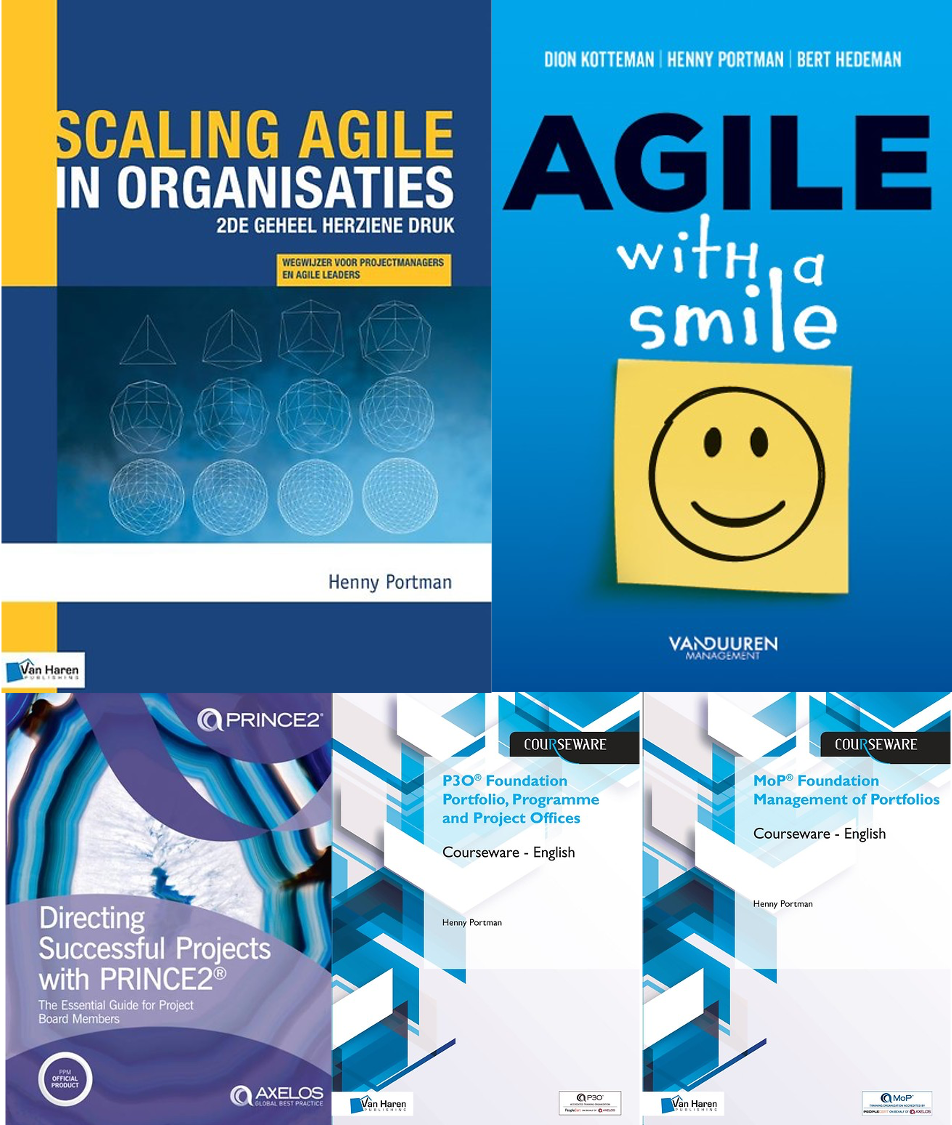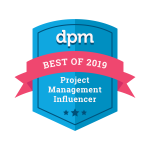 A new colorful magazine from Xebia, developed by using their four new agile marketing Ps Purpose, Product, People and Process, to help you with your next step in your agile journey.
A new colorful magazine from Xebia, developed by using their four new agile marketing Ps Purpose, Product, People and Process, to help you with your next step in your agile journey.
Many articles to bring you up to speed in the world of agile development:
- Doing DevOps the DASA way: the six DASA DevOps principles and DASA qualification information
- Product Leadership for the third wave (of agile adaption): successful POs build trust and a safe environment, transfer resistance into commitment, and switch between leadership styles according to the stakeholder field, urgency or importance. They learn how to own the product and nurture it to fruition
- Mixed human-robo agile teams: the future is now: robo-advisors, teams focus on creativity and solving complex problems
- Kick-start your agile team with design sprint: a five-day process with real customers that includes: define the main problem, forming ideas, designing solutions, prototyping and validating with real customers
- Leadership’s role in business agility: driven by flexibility, focus, flow and feedback
- Using brain science to boost your scrum events: applying one or more of the six trumps to enhance learning during your scrum events are movement trumps sitting, talking trump listening, images trump words, writing trump reading, shorter trumps longer and different trumps same
- Yesterday’s competitive advantage is today’s industry standard: what questions need to be answered to embrace the next phase of your agile maturity
- Design thinking: get to the heart of what the customer wants: The five stages of a design thinking process are empathize, define, ideate, prototype and test
- Cultivating a culture for engineers with agile: Four critical ramifications of today’s digital age fueling the war for IT talent and the increasing demand for engineers: product digitalization, mass customization, immediate customer feedback and reduced cost of entry
- Recommended reading for every agile leader: six knowledge areas that are critical to successful agile leadership are transformational reorganization, system thinking and mental models, ownership and responsibility, scaling through minimalization, group dynamics and a culture for creativity
- The art of personal mastery: personal mastery shifts the focus to learning and improving ourselves and others
- What makes a team a winning team: leaders who facilitate alignment and stimulate autonomy and improve team strength with a (management) drives workshop and a feedback workshop
- Scrum@Scale: a meta-framework for strategic agility: set up a leadership action team to establish the executive metaScrum that prioritizes all agile initiatives and deliver shippable product increments at the end of every sprint, or sooner, by employing the Scrum of Scrums as a network of teams
- Agile coaches prepare for the new wave: The 6 traits of new wavers are scrum experience, self-oriented, value work-life balance, value purpose and the need for speed, internet savvy and value and master feedback. The 8 do’s & don’ts of coaching, motivating, teaching a new waver are explained
- The art of leadership agility: How can I be agile myself (flexible, adaptable and responsive) as a leader, in order to support organizational agility
- Mindshift to purpose: our need to be part of something bigger: a well-defined purpose is inspiring, concise and observable. To make a purpose stick: believe it yourself, reinforce it often, reward the right behavior and share successes and build a movement, on purpose
- A picture is worth a thousand words: accelerate your transformation with visualization: Five ways to speed up agile transformations: sketching skills: find hidden and essential drawing talent, travel journal based on pictures, talking pictures: shared complexity, style: congruent visualizations, and communication media: initiation of co-creation
- Unboxing the CoCreate agile scaling model: scale to be small. The triple-A’s of the CoCreate model: Agility, Autonomy and Alignment. The model focusses on developing value and people while performance, growth, products, culture and adaption are its critical core components
- Agility without agile: agility in practice, without using the traditional (agile) frameworks and using non-traditional cutting-edge technology to manufacture high-quality, custom-made, bespoke mannequins for the show floors and windows
- 50 shades of “no”: product owners seem to understand the role, but they don’t know how to respond to all the requests and questions that come with it, or how to handle the stakeholders
- Engineering culture: the unintentional side effect of agile transformation (and how to prevent it): upper layers of culture: artifacts and espoused values and behaviors and the deeper, invisible layer: basic underlying assumptions. 5 seeds for cultivating a sustainable agile culture are described
- re.vers.ify: the need for agility in the face of perplexity: complexity turns into perplexity, an inability to act, an individual or collective state of being overwhelmed by complexity, permanently
- Digital transformation gets real: adapt or die, disruption in action, embrace AI, robotics and AR. In the next decade 40% of today’s companies on the S&P 500 will be gone
- Shared leadership: the product owner as mini-CEO: to get the most (and best) out of the product owner role: communicate top-down distribution of power and mandates explicitly and as the product owner, accept handovers of power and mandates explicitly and ensure product owners are qualified to execute power and mandates and that they receive the appropriate training
- Evolutionary or revolutionary change: knowing the organizational end-state: fact or illusion? Evolutionary change: move away from where you are now
- Find and bind talent with a flexible shell: a flexible shell can maintain the stability within the team while at the same time create an opportunity for those who want to grow more than a single team would allow.
Curious to read the magazine? Download or request a printed copy at: AGILE NXT
















Pingback: My 2008 book reviews | Henny Portman's Blog
Pingback: AGILE NXT FUTURE FRIDAY 2019 | Henny Portman's Blog
Pingback: Agile NXT Future Friday retrospect | Henny Portman's Blog
Pingback: Review AGILE NXT – New Insights for Agile Performance Management | Henny Portman's Blog